MARKET OVERVIEW
The Global C&D Waste Recycling market and industry are of major importance to contemporary waste management processes, mitigating the effects that construction and demolition activities pose on the environment. This market centers on the retrieval, processing, and reutilization of material produced in the building, renovating, and destroying of buildings, infrastructure, and other constructions. As the need for urban development expands and more projects are developed regarding infrastructure, this need for proper and effective disposal of construction and demolition waste continues to increase significantly.
The Global C&D Waste Recycling market is extensive, covering a wide range of materials, including concrete, wood, metal, asphalt, and bricks. The improper management of such materials leads to environmental degradation and straining landfill capacities. Efforts in recycling this industry are aimed at volume reduction of waste, resource conservation, and the minimization of the environmental footprint of construction activities. It has ensured that wastes are converted into useful resources while maintaining the circular economy principles.
It is made up of various sub-segments: collection, sorting, processing, and producing the recycled products. The industry applies sophisticated technology and machinery for easy separation and processing of recyclable materials. For instance, crushers, shredders, and sorting machines guarantee that recoverable materials are retrieved with minimum contamination. The products in this recycling processes usually consist of aggregates, sorted metals, and reconstituted wood, which can be used for any new construction or industrial utilizations.
The direction of the Global C&D Waste Recycling market is influenced by governments and regulatory bodies worldwide in terms of stringent policies and guidelines aimed at promoting recycling practices. Such regulations promote builders and contractors to adopt sustainable waste management strategies, further driving demand for recycling services. In addition, the adoption of green building certifications and standards often incorporates recycling as a fundamental requirement, which boosts the market’s relevance.
The geographical reach of the market includes regions where construction activities are prevalent, such as urban centers and rapidly developing areas. In densely populated cities, where space for landfills is scarce, the need for recycling becomes even more prominent. Furthermore, emerging economies with growing infrastructure projects offer considerable opportunities for the growth of this market, as they increasingly realize the economic and environmental benefits of C&D waste recycling.
The future trend of the Global C&D Waste Recycling market involves increased investment by innovative technologies in processes that provide higher recycling efficiencies and material recovery rates. Digital methods, such as artificial intelligence, data analytics may optimize operations involving streamlining sorts and improving recognition of materials that can be made from the process. Public sensitization campaigns from governments, their private enterprises as well as different environmental organizations could lead to having a more intensified recycling culture through long-term development and growth.
The Global C&D Waste Recycling market addresses an important environmental issue by turning construction and demolition waste into valuable resources. This industry is set to play an important role in creating sustainable construction practices, reducing waste, and providing a greener future for communities worldwide. Its continued evolution will mirror the rising demand for resource efficiency and environmental stewardship in construction and related industries.
Global C&D Waste Recycling market is estimated to reach $172,469.55 Million by 2031; growing at a CAGR of 2.7% from 2024 to 2031.
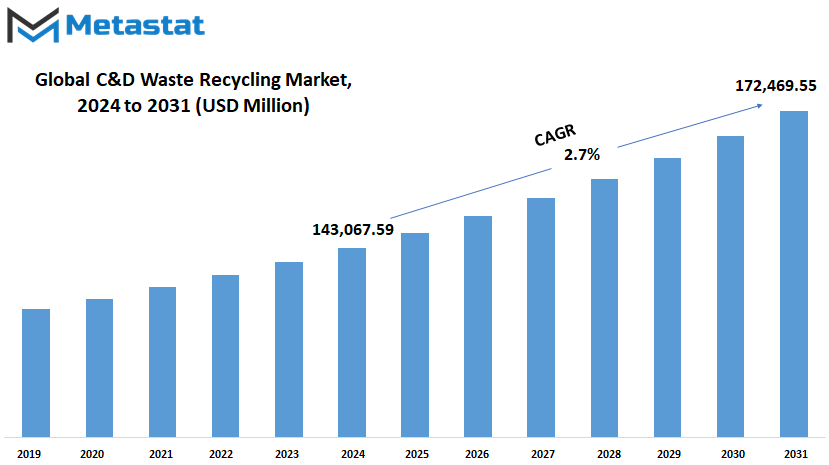
GROWTH FACTORS
The Global C&D Waste Recycling market is ready to witness high growth in the coming years due to several factors that bring to light its role in overcoming environmental issues and fulfilling the demands of the construction industry. Construction and demolition (C&D) waste recycling has emerged as a very essential practice with governments around the world imposing severe regulations to avoid further degradation of the environment. These regulations aim at minimizing the waste dumped in landfills and promoting sustainable activities, thereby forming an integral part of the contemporary construction plans.
This reason for adopting the recycling of C&D waste is partly due to rising raw material prices. As expenditures on new materials for construction escalate, industries look for cheaper ways to acquire products. Recycled materials are easily available and help save a tremendous amount of costs while performing as well as regular materials. Thus, this becomes a relief both economically and in synchronization with the entire world's intentions toward conservation of natural materials.
However, several barriers continue to persist that potentially impede the growth of the market. It requires heavy investments to set up the sophisticated recycling plants and get modern equipment, making it hard for smaller enterprises to make an entry into the industry. Moreover, a lack of awareness concerning the benefits of recycling among smaller to mid-sized contractors offers a sizeable obstruction. Many still need adequate exposure to appreciate the long-term economic and environmental gains associated with the recycling of C&D wastes.
Despite these challenges, the future of the Global C&D Waste Recycling market is full of promise, especially with the emergence of new recycling technologies. Efforts to enhance efficiency and minimize operational costs will change the face of the market. These innovations can make recycling processes more accessible and attractive to businesses of all sizes, fostering widespread adoption.
Additionally, with growing focus on sustainability in global construction trends, the demand for recycling should be expected to rise. Governments and private organizations are more likely to promote incentives and develop awareness programs concerning the existing gap in knowledge and adoption. Measures would not only encourage contractors towards recycling but will also stimulate investments in state-of-the-art facilities.
Although still replete with challenges, growth for the global C&D Waste Recycling market does indeed seem encouraging. With cost of raw material climbing steadily, strict regulatory frameworks regarding waste, and improvement in technology are the driving force that will advance its growth process. Targeting and working against such barriers might enable this sector to transform how a more environmentally sound construction industry begins to take its place in future years.
MARKET SEGMENTATION
By Type
The Global Construction and Demolition (C&D) Waste Recycling market will experience a boom in the coming years as the industries and governments focus more on sustainable practices. Since the construction sector is expanding rapidly, the quantity of waste from building, renovation, and demolition activities increases substantially. This, in turn, has increased the demand for efficient recycling methods to process and reuse the materials that might otherwise contribute to environmental degradation.
By type, the market is segmented into several categories that play a very important role in the recycling process. Soil, sand, and gravel are most common in construction waste and are mostly reused for landscaping or as a base material in new projects. Concrete is the most common material in construction debris, which can be crushed and reused in new concrete production or used as a replacement for natural aggregates. This not only lowers the demand for virgin resources but also decreases energy consumption in extraction and processing of raw materials.
Bricks and masonry materials are frequently demolished and left over after demolition sites. However, these can become valuable foundational components in new constructions or landscaping with their recycling into new projects. It can save on wastes and lower developers’ costs. Wood is another significant category, which can be reclaimed for construction purposes or processed into biomass for energy production, thus meeting both waste management and renewable energy needs. Metals are especially valuable because they retain their quality even after recycling, given their versatility and high demand across industries. Other materials, from plastics to glass, also add to the dynamic recycling landscape.
The future into which technology is poised will continue to drive the Global C&D Waste Recycling market. Systems of automated sorting and new crushing technologies along with artificial intelligence will only bring about increased efficiency and precision in waste separation for recycling purposes. Increased consumer awareness about environmental degradation and regulations from the government would also encourage companies to opt for sustainable solutions in waste management.
The future of this market is strongly related to the global shift toward circular economies, where resources are reused and recycled rather than being discarded. This investment in strong recycling infrastructure and innovative methods will help address environmental challenges while opening new economic opportunities in the Global C&D Waste Recycling market. As industries and governments collaborate to improve sustainability, this market is set to play a significant role in building a cleaner, more resource-efficient world.
By Source
The Global C&D Waste Recycling market is about to witness intense growth in the coming years. This market has been playing a significant role in addressing the growing concerns regarding environmental sustainability and waste management. This world is still witnessing increased construction activities, and with this, unprecedented levels of C&D waste are being produced. In order to preserve and reuse these materials as effectively as possible and to minimize adverse effects on the environment, resource efficiency has become extremely important.
Such business markets are broadly categorized from the origin of waste generation, which includes construction, renovation, and demolition. Each of the categories uniquely contributes to the volume of waste generated in the site. Construction activities generate materials like concrete, wood, and metals. Renovation activities add a mix of reusable and non-reusable debris. However, the demolishing activity usually results in generating large-scale waste, in most cases, that requires such specific handling as these materials vary in type and quantity. With increasing environmental regulations and sustainable practices, the world is now recycling such waste materials, thereby reducing the use of landfills and saving natural resources.
The future for the Global C&D Waste Recycling market looks promising as it is motivated by new technologies and growing awareness among the participants in the industry. Recycling methods are changing to be more efficient and cost-effective, with advanced sorting systems and machinery making it easier to separate valuable materials from waste. For instance, automated systems equipped with sensors and artificial intelligence are being developed to identify and segregate different types of waste, enhancing the quality of recycled materials. This does not only decrease the environmental impact of construction but also opens new avenues in the recycling industry.
Governments and institutions across the globe are also contributing to the growth of the market through policies and incentives. Tax breaks, grants, and stringent rules are compelling businesses to adopt responsible waste management. Additionally, public-private partnerships are being established to construct infrastructure and facilities for recycling C&D waste, thus streamlining the handling of increased volumes.
Looking forward, Global C&D Waste Recycling will continue its growth with ever-increasing globalization of urbanization and infrastructure development around the world. Technology integration will be complemented by a transformation towards circular economy principles, enabling the market forward and recycling to form an integral part of the construction industries. This move is towards creating a future of alignment between ecological and economic aspects, thereby pushing sustainability and innovations.
By Service
The Global C&D Waste Recycling market is one of the fastest-growing sectors that, in the last few years, has gained significant attention. Growing awareness over environmental impacts from construction and demolition waste and the need to identify appropriate sustainable solutions for its management are a few reasons stimulating this growth. The market is going to grow even more because the industries and governments are going to realize the need for recycling C&D materials so that the generation of waste could be reduced and natural resources could be saved. Among other factors, this market will take a new turn toward more eco-friendly and efficient ways of waste management.
The Global C&D Waste Recycling market can be segmented by service into collection, recycling, landfill, and incineration. Each of these services plays a unique role in managing the large amounts of waste generated by the construction and demolition industries. Collection is the first step in the waste management process, where waste is gathered from construction sites and brought to recycling facilities. This step is crucial as it ensures that waste is properly sorted and handled before being processed further.
The second service that is arguably most important in the Global C&D Waste Recycling market is recycling. This process will get waste materials like concrete, wood, metals, and plastics collected and processed to utilize in new construction. This helps minimize the use of raw materials and, as a result, has an indirect implication of preserving natural resource bases and mitigating the environmental consequences of construction work. With increased technology, the efficiency of recycling processes will increase, resulting in higher rates of recycling, and sustainable, better outcomes for the industry.
Landfill and incineration services are part of this market, though less desirable in waste management. A landfill is usually used for unrecyclable and unreusable wastes. However, with the growing concerns over environmental pollution and space constraints, landfills are likely to be used less. Similarly, incineration, or burning waste to reduce its volume, is not considered a sustainable option, and there is an effort to find alternative options that are less harmful to the environment.
Ahead of this, it can be understood that the Global C&D Waste Recycling market would progress ahead, but technology and new policies will remain its driving factors. It would then shift toward efficient recycling in more significant portions with the aspect of less landfilling and proper sustainable incineration. The demand for eco-friendly solutions will probably force companies and governments to invest more in research and development, which will lead to improved waste management practices and contribute to the overall sustainability of the construction industry.
By End-Users
The Global C&D Waste Recycling market is expected to grow significantly in the coming future, mainly because of various factors such as increasing urbanization, growing environmental concerns, and demand for sustainable practices across different industries. Construction and demolition (C&D) waste is one of the largest sources of waste globally. However, the rise in recycling of C&D wastes has promising trends in terms of environmental implications that would ensure betterment for both present and future generations. Such a market evolution will be determined and guided by change in regulations or introduction of technologies and also sustainable resource utilization will continue to stay on the radar, driving its ongoing development.
When we consider the end-users of the Global C&D Waste Recycling market, it is segmented into four major groups: residential, commercial, industrial, and municipal. Each one of these categories has its respective demands and recycling needs. For the residential category, the eco-friendly building material trend and increased construction of green homes will certainly increase the demand for recycled C&D waste. Homeowners and developers are more likely to use sustainable resources, and thus the residential market is an important segment in the overall recycling market.
Growth in C&D waste recycling The commercial sector too contributes to its growth. Increased urbanization along with the infrastructural development for the commercial activities makes the necessity for construction firms to embrace a recycling approach on C&D wastes. Recycling the waste generated at the commercial premises would not only cut down cost but also build environmental friendly constructions. Energy saving and environmentally conscious commercial developments would increase demands for recycled in this segment of industry.
The industrial sector's participation in the recycling market is also crucial. As the activities of industry increase, demolition and construction-related wastes increase at an alarming rate. Recycling of C&D wastes affords opportunities for industries to manufacture using materials available from wastes thereby reducing dependency on virgin raw materials. This is going to minimize environmental impacts by quite a high percentage.
The final sector is the municipal sector, which is expected to grow in C&D waste recycling as well. Local governments are increasingly putting regulations in place that require construction waste to be recycled to minimize landfill use. This sector is likely to continue to increase the adoption of recycling programs due to environmental standards and contributing to a circular economy. With the growth of cities and towns, the implementation of C&D waste recycling will be significantly driven by municipal authorities.
In the future, the Global C&D Waste Recycling market is likely to grow further in such circumstances where more industries and sectors realize the importance of recycling and sustainability. Advances in technology and increasing resource efficiency emphasize that this growth will be supported, making recycling an integral part of construction and demolition in the future. The growing importance of sustainable development will probably change the market and offer more opportunities for businesses and governments to collaborate on creating a more sustainable world.
|
Forecast Period |
2024-2031 |
|
Market Size in 2024 |
$143,067.59 million |
|
Market Size by 2031 |
$172,469.55 Million |
|
Growth Rate from 2024 to 2031 |
2.7% |
|
Base Year |
2022 |
|
Regions Covered |
North America, Europe, Asia-Pacific Green, South America, Middle East & Africa |
REGIONAL ANALYSIS
Global Outlook of the C&D Waste Recycling Market The Global C&D Waste Recycling market would grow in subsequent years, since environmental sustainability will increase and it would be pursued for circular economy. Regional variance in demand along with recycling facilities will be responsible for this upward growth. Geographic segmentation of market: North America Europe Asia Pacific South America Middle East & Africa. These all contribute to key regional influences regarding the future growth of the North American C&D waste recycling markets.
The markets of North America are primarily directed by the influence of the United States, owing to its intensive practices on 'green building', in addition to more stringent requirements from environmental factors. Canada, Mexico, or others are integral in this process. Over the next few decades, cities and construction companies would have to align with more rigid sustainability goals in place. C&D waste recycling will be more integral to construction. North America is likely to experience a revolution in new technology and innovative processing methods for better streamlining the recycling of C&D waste in the coming decades.
The C&D Waste Recycling market in Europe is also anticipated to grow due to the entire global scenario. Countries like the UK, Germany, France, and Italy have already been quite ambitious about their recycling targets and have also been well prepared with policies related to C&D waste management. Advanced recycling technologies will be adopted first by such countries. Because of the rigid EU regulations, this market is sure to rise with more and more efficient, environmentally friendly ways of recycling gaining precedence. The rest of Europe will also come in, particularly as awareness concerning the environmental effects of waste rises.
Asia and the Pacific: The demand for C&D waste recycling will be very high, especially in China, India, Japan, and South Korea. These are developing economies at very high speed and are experiencing high rates of urbanization and construction booms that naturally increase the generation of wastes. While some countries in the region are far behind in the development of the waste management infrastructure, the need to recycle and manage C&D waste will certainly increase with rising construction activities, as the general trend toward sustainable development and adopting new recycling technologies will improve matters.
South America will be a growth market for recycling C&D waste, with Brazil and Argentina on the forefront. As these nations invest more into construction projects, waste management becomes an increasingly relevant issue. There will be more recycling as the regulations improve and the population increases its environmental awareness. The other parts of South America will start to follow along, with other countries focusing more on building infrastructure to handle the C&D waste.
Finally, the Middle East & Africa will also see the participation of GCC countries, Egypt, and South Africa in the advance of C&D waste recycling. The region remains in the beginning stages of wide-scale adoption of recycling programs but holds a tremendous amount of growth potential. In these regions, infrastructure development along with investments in technologies that can efficiently recycle construction and demolition materials are expected. Over time, the Middle East & Africa is likely to be an increasingly important market for the global C&D Waste Recycling industry.
In the future, regional demands along with the pressure to become a more sustainable entity will shape the global C&D Waste Recycling market. New innovations and growth for the industry are in store as each region develops its recycling capabilities. The regional challenges and opportunities will evolve this market toward more sustainable management of construction and demolition waste around the world.
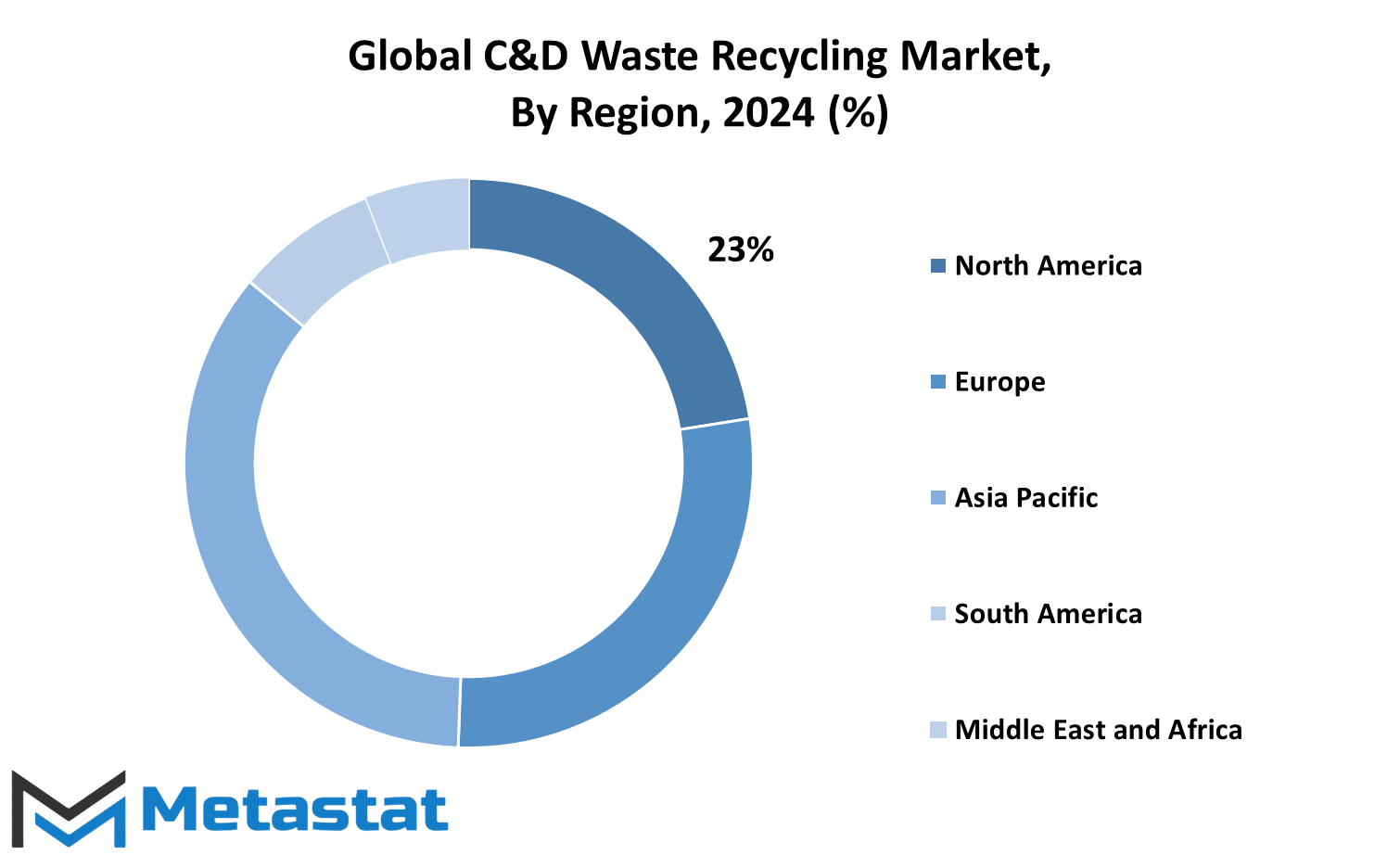
COMPETITIVE PLAYERS
The global C&D Waste Recycling market, therefore, holds much promise, with a number of key players leading the charge and driving the industry forward. As the world continues to push for sustainability and environmental responsibility, this market will continue to grow. Increasing attention to recycling construction and demolition waste is important not only in reducing the number of landfills but also in saving resources and creating a circular economy. Hence, firms involved in this market would have a huge role to play in the future of the industry.
Some of the prominent players in the global C&D Waste Recycling market are Veolia Environnement, Suez Environnement, CDE Group, CFlo World Limited, and Republic Services Inc. These companies have invested significantly in the development of technologies and solutions to improve the efficiency of waste management and recycling processes. With their global presence, they can serve many regions around the world and address the growing demand for C&D waste management solutions.
Veolia Environnement, for instance, is renowned for its experience in waste management and environmental services. The company will continue to expand its role in C&D waste recycling by leveraging its expertise in managing complex waste streams. Similarly, Suez Environnement's long-standing commitment to sustainability has enabled it to focus on innovative recycling processes, which are critical in reducing the environmental footprint of construction and demolition projects.
Another important player in this market is CDE Group, which specializes in creating high-performance recycling plants designed to extract valuable materials from C&D waste. The company’s solutions focus on maximizing resource recovery and reducing waste, making it a valuable contributor to the ongoing transition toward a circular economy. CFlo World Limited is also well-positioned in this sector, offering innovative technologies that help streamline recycling processes, making them more efficient and cost-effective for construction companies.
In addition, companies such as Clean Harbors, Biffa Group, and Casella Waste Systems Inc. continue to shape this market. Its innovation and agility in responding to the changing needs of regulatory and environmental standards shall be the sources of long-run competitiveness. As the need for efficient waste management will keep growing, companies like FCC Environment, Antony Waste Handling Cell Limited, Duromech, and DCC Group will also develop new technology and increase their services to address the growing needs of the C&D recycling sector.
The global market for C&D Waste Recycling will experience tremendous growth as major industry players continue innovating and catering to the rapidly increasing demand for environmentally friendly solutions in waste management. The future of this industry will be about continued technological developments and collaboration aimed at making this world a sustainable place.
C&D Waste Recycling Market Key Segments:
By Type
- Soil, Sand & Gravel
- Concrete
- Bricks & Masonry
- Wood
- Metal
- Others
By Source
- Construction
- Renovation
- Demolition
By Service
- Collection
- Recycling
- Landfill
- Incineration
By End-Users
- Residential
- Commercial
- Industrial
- Municipal
Key Global C&D Waste Recycling Industry Players
- Veolia Environnement
- Suez Environnement
- CDE Group
- CFlo World Limited
- Republic Services Inc
- Clean Harbors, Inc.
- Biffa Group
- Casella Waste Systems Inc.
- FCC Environment
- Antony Waste Handling Cell Limited
- Duromech
- DCC Group
WHAT REPORT PROVIDES
- Full in-depth analysis of the parent Industry
- Important changes in market and its dynamics
- Segmentation details of the market
- Former, on-going, and projected market analysis in terms of volume and value
- Assessment of niche industry developments
- Market share analysis
- Key strategies of major players
- Emerging segments and regional growth potential



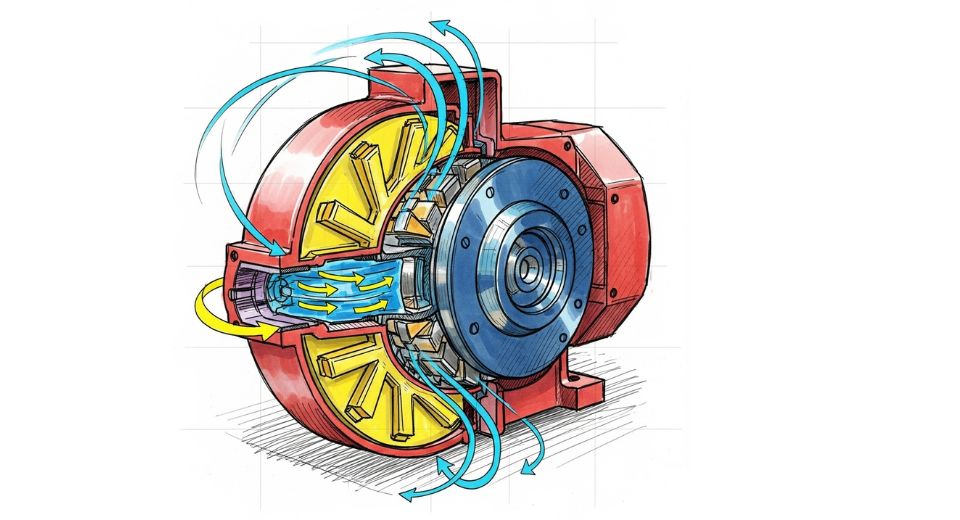
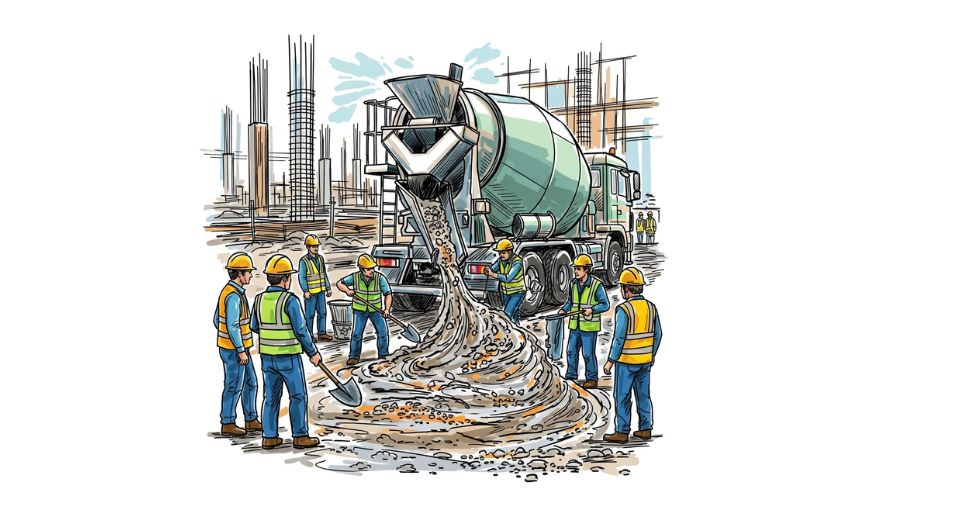
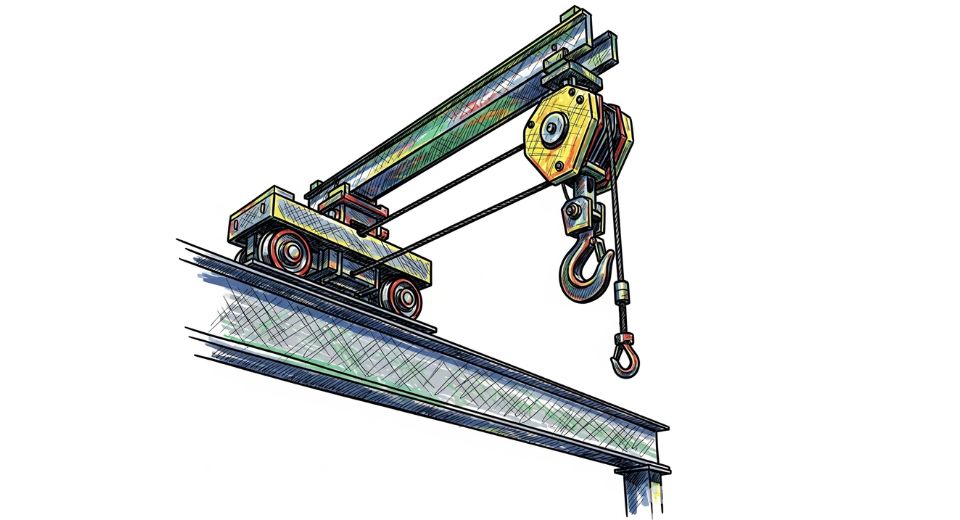


 US: +1 3023308252
US: +1 3023308252






